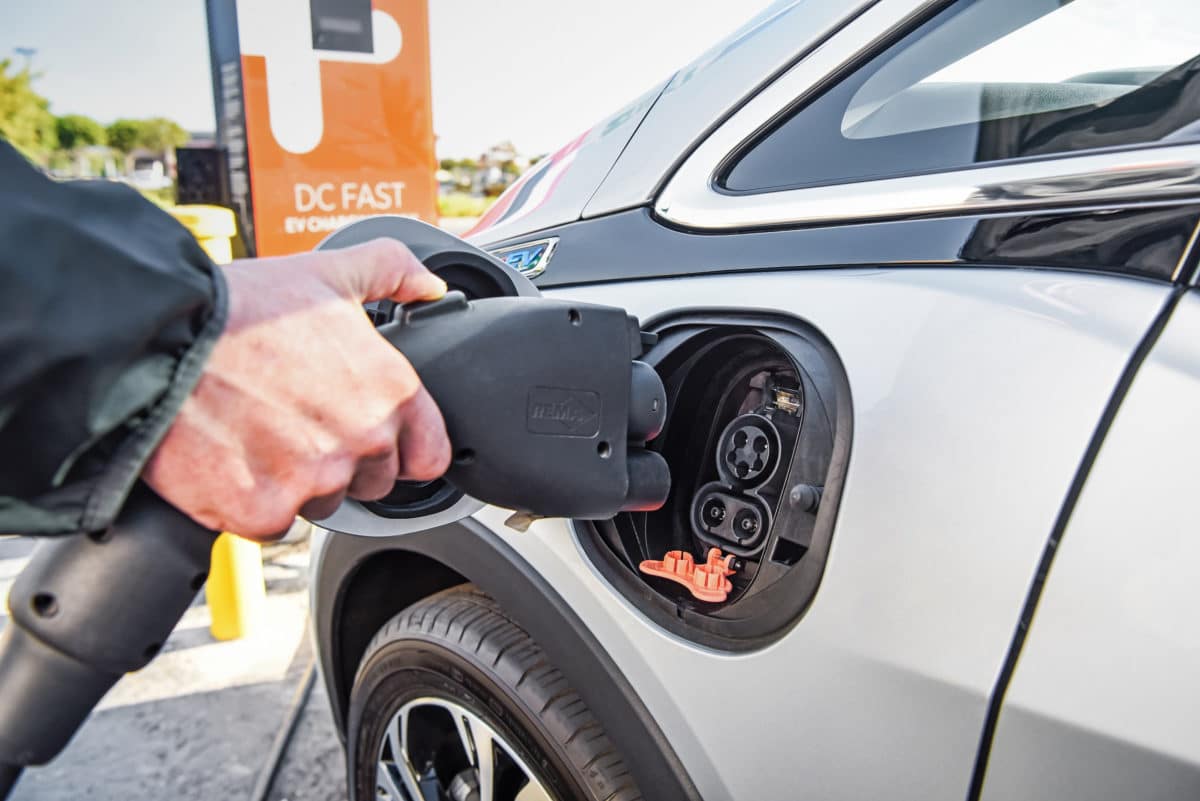EV drivers to be significantly worse off in Ausgrid’s Sydney network, EV Council says
Australia’s Electric Vehicle Council has raised the alarm about Sydney electricity network, Ausgrid’s, upcoming tariff structure for high-power, public electric vehicle (EV) charging sites, saying under the proposal prices could balloon to $70,000 (USD 46,600) per annum. The Electric Vehicle Council (EVC) has submitted its findings to the Australian Energy Regulator (AER) about the upcoming policies in Ausgrid's Sydney network, which would see electric vehicle drivers in those regions charged significantly more than in the neighbouring jurisdictions. The Electric vehicle Council estimates that high-power charging stations within the Ausgrid network would be between 400% to 650% dearer than regional counterparts, and that some charging stations in the network would range from 160% to 400%. The EV Council is calling on the AER to revise Ausgrid’s tariff structure, which it previously deemed meets its expectations. The Council argues that this approach is at odds with the Regulator’'s strategic objective of supporting the energy transition and that it is still behind the curve.

Pubblicato : 2 anni fa di in Auto
By the Electric Vehicle Council's calculations, frequently used, high-power charging stations within the Ausgrid network would be between 400% to 650% dearer than regional counterparts.
Digging into tariff structures is hardly the sexiest endeavour, but Australia’s Electric Vehicle Council believes it has found some worrying details in Ausgrid’s upcoming policies, which would impact customers in Sydney, the Central Coast and the Hunter Valley in New South Wales.
In short, the Electric Vehicle Council (EVC) says Ausgrid’s tariffs would see electric vehicle drivers in those regions charged significantly more than in the neighbouring jurisdictions, which are covered by the distributed network service providers (DNSPs) Essential Energy and Endeavour Energy. Specifically, it says some charging stations in the Ausgrid network would be between 400% to 650% dearer than their regional counterparts.
“The key difference between Ausgrid and the other DNSPs is the volumetric usage level below which a business customer can opt out of kVA/kW (demand/capacity) based charges,” the Electric Vehicle Council’s submission to the Australian Energy Regulator (AER) says.
“Essential and Endeavour have an established position of 160 MWh/annum as the threshold, which is consistent with most jurisdictions around the country. Ausgrid’s existing position is 40 MWh/annum, which they propose to lift to 100 MWh/annum via a series of steps through the 2024-2029 period.”
“The challenge from the perspective of the EVC is that at the 100 MWh/annum tipping point where a business customer will be required to transition from EA225 to EA302, the network cost component of a 500 kVA charging location in the Ausgrid region will be approximately $70k/annum (the energy costs being a relatively small component of the total network charges), while in the Endeavour region the network cost for the same type of site at 100 MWh would be approximately $9k/annum, and in the Essential region the network cost would be approximately $14k/annum,” the Electric Vehicle Council (EVC) writes.
Assuming these costs are recovered from electric vehicle drivers, it would equate to prices at popular, high-powered charging stations being approximately 50c/kWh more expensive in the Ausgrid network than in other parts of the state, the Council says.
“It’s the equivalent of adding about $10 per 100km to the cost of fuel for drivers in the Ausgrid area at these chargers, over and above the costs that will be present in other DNSP areas, putting electricity at public DC charging stations at this level of utilisation at a significantly higher cost than petrol for traditional cars.”
This added cost could be averaged out by charging network operators, but the outcome nevertheless leaves EV drivers inside the Ausgrid network worse off, the EV Council says.
In its submission, the Council calls on the AER to revise Ausgrid’s tariff structure, which it previously deemed meets its expectations. Countering this decision, the Council argues Ausgrid’s approach is at odds with the Regulator’s strategic objective of supporting the energy transition.
While electric vehicles are definitely becoming more of a focus for policy makers and industry stakeholders, Australia is still well behind the curve – as demonstrated by the federal government’s recent National Electric Vehicle Strategy.
Temi: Australia
